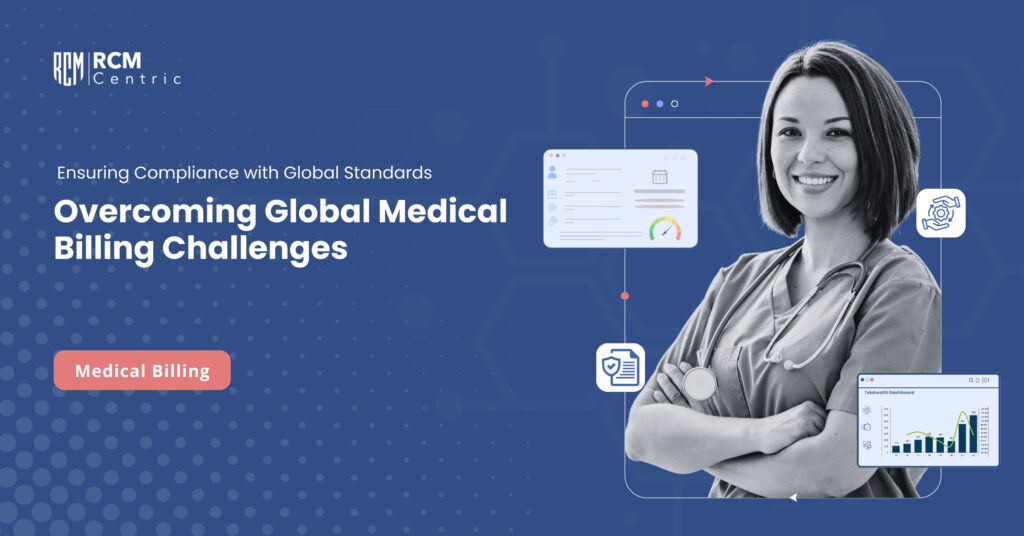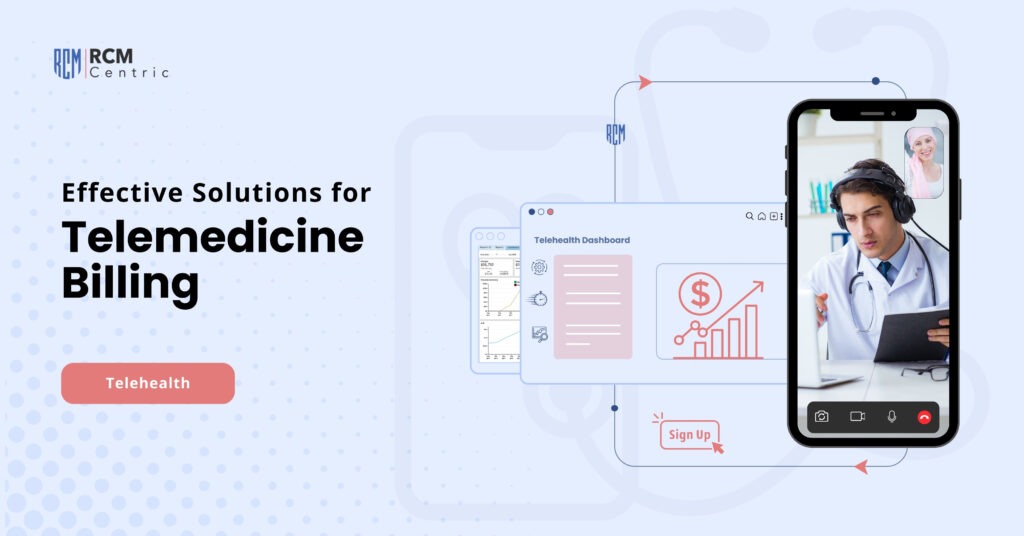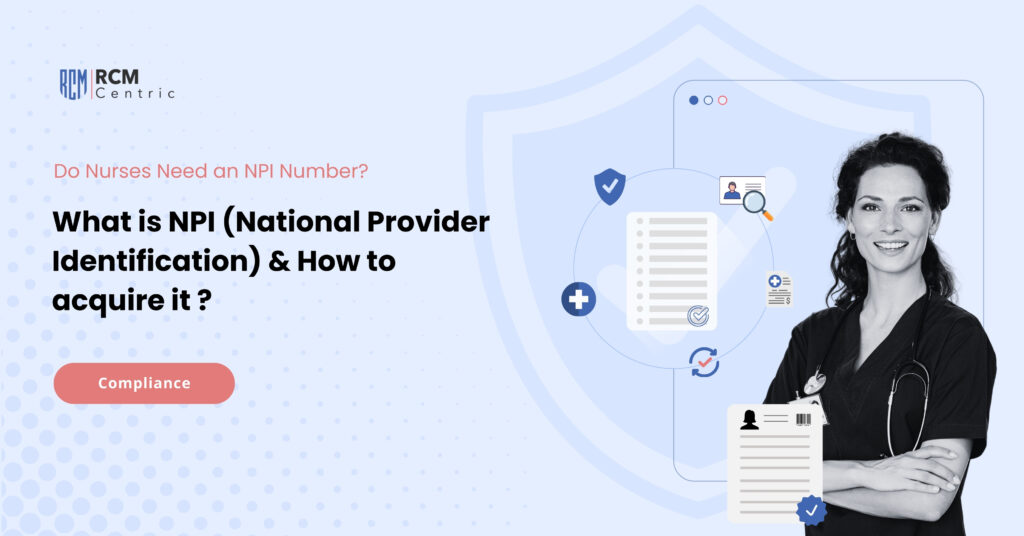Introduction to Patient Collection
Getting paid in 2023 is not easy for most healthcare providers. As the healthcare industry continues to evolve and adapt to new technologies, medical practices find it increasingly important to stay up-to-date with the latest trends in patient collections. One of the biggest challenges that medical practices face today is collecting payments from patients promptly and efficiently. Fortunately, there are several strategies that practices can use to improve their collections and ensure they get paid in 2023 and beyond. Learn how to boost your patient collections for a medical practice in 2023.
One of the biggest trends in patient collections is the use of Telehealth. In recent years, Telehealth has emerged as a valuable tool for medical practices, providing patient care without needing in-person visits. This has become even more important in light of the COVID-19 pandemic, making it difficult or impossible for many patients to visit their healthcare providers in person. Let’s explore how Telehealth can be leveraged to boost patient collections in 2023 and beyond.
1 – Telehealth
Telehealth refers to using electronic communications and technology to provide healthcare services remotely. This can include video consultations, remote monitoring of vital signs, and other virtual care options. The rise of Telehealth has been a major trend in the healthcare industry in recent years, and it is expected to continue growing in popularity in the years to come.
Benefits of Using Telehealth
One of the key benefits of using Telehealth is that it can help medical practices improve their patient collections. By providing virtual care options, practices can offer their patients greater convenience and flexibility, encouraging them to seek care more often. This can ultimately lead to higher patient volumes and increased revenue.
Another benefit of Telehealth is that it can reduce the costs associated with in-person visits. By providing care remotely, practices can avoid many of the overhead costs associated with maintaining a physical office, such as rent, utilities, and equipment. This can help practices save money, which can be passed on to patients through lower costs and fees.
Telehealth, also known as telemedicine or virtual healthcare, is a rapidly growing trend in the healthcare industry. It refers to using electronic communications and technology to provide remote healthcare services to patients. While Telehealth offers many benefits, there are also potential drawbacks to using this technology. Let’s explore some of the pros and cons of using Telehealth.
Pros of Using Telehealth
Convenience: One of the main advantages of Telehealth is that it offers greater convenience to patients. Patients can receive healthcare services from the comfort of their homes without needing to travel to a healthcare provider’s office. This can be especially beneficial for patients with mobility issues who live in rural areas or have busy schedules.
Increased access to care: Telehealth can improve access to care for patients who may not have access to healthcare providers in their area. This can be especially beneficial for patients who live in rural or remote areas where healthcare services may be limited. Telehealth can also help to reduce wait times and improve patient access to specialist care.
Lower costs: Telehealth can be a more cost-effective option than traditional in-person care. Patients can save money on transportation and other related expenses, and healthcare providers can save on overhead costs such as rent, utilities, and equipment.
Improved patient outcomes: Telehealth can improve patient outcomes by providing more frequent and convenient access to healthcare services. This can lead to better chronic disease management and overall patient health.
Cons of Using Telehealth
Technology limitations: One of the main drawbacks of Telehealth is that it relies on technology to function. This means that patients and healthcare providers must have access to reliable internet and a device, such as a computer or a smartphone, to use Telehealth services. Patients who lack access to these resources may be unable to use Telehealth services.
Lack of physical examination: Telehealth services may not provide the same level of physical examination as traditional in-person care. This can be especially problematic for patients requiring a hands-on examination, such as those with skin conditions or injuries.
Privacy and security concerns: Telehealth services rely on electronic communications and data storage, which can pose privacy and security risks. Patients’ personal health information may be vulnerable to data breaches or hacking, compromising their privacy and security.
Legal and regulatory barriers: There may be legal and regulatory barriers to using Telehealth services, varying from state to state. These barriers may include licensing requirements for healthcare providers, prescribing medication restrictions, and reimbursement limitations for Telehealth services.
2 – Electronic Billing and Payments
Another key trend in patient collections is electronic billing and payments. In the past, medical practices often relied on paper invoices and checks to collect patient payments. However, this process was time-consuming and often led to delays in payment.
Today, electronic billing and payments have emerged as a more efficient and streamlined way to collect patient payments. By using electronic invoices and payment systems, medical practices can speed up the payment process and reduce the risk of errors or lost payments.
3 – Ever-Evolving Landscape
Of course, as with any industry, the landscape of patient collections is constantly evolving. To stay ahead of the curve, medical practices must be willing to adapt to new technologies and strategies as they emerge. This means keeping up with the latest trends in Telehealth, electronic billing and payments, and other areas of patient collections.
One of the best ways to stay up-to-date with the latest trends in patient collections is to invest in the right technology. Many software solutions available today can help practices streamline their collections processes and stay on top of the latest trends in Telehealth and electronic payments. This process will boost patient collections and improve your practice revenue.
4 – Best Telehealth Software
Here are a few of the best Telehealth software solutions available on the market today:
Doxy.me – Doxy.me is a simple and secure telemedicine solution allowing medical practices to provide virtual patient care. It is easy to use and requires no downloads or software installations.
Teladoc – Teladoc is a comprehensive telemedicine platform offering virtual care options for various medical specialties. It is used by many large healthcare organizations and is known for its robust features and capabilities.
Amwell – Amwell is a Telehealth platform offering virtual care options for patients nationwide. It is known for its user-friendly interface and comprehensive features, including video consultations, remote monitoring, and more.
SimplePractice – SimplePractice is practice management software that offers a wide range of tools for medical practices, including Telehealth services. It is a great option for small to mid-sized practices that are looking for an all-in-one solution for patient collections and care delivery.
TheraNest – TheraNest is cloud-based practice management software that includes Telehealth services for mental health professionals. It offers a wide range of scheduling, billing, and patient management tools and is a great option for practices specializing in mental health care.
Conclusion
In conclusion, patient collection is an ever-evolving landscape, and medical practices must be willing to adapt to new technologies and strategies as they emerge. Telehealth and electronic billing and payments are two of the biggest trends in patient collections today. Practices that leverage these tools can enjoy improved cash flow, more significant patient volumes, and more efficient collection processes.
Investing in the right technology is the key to staying on top of these trends and ensuring your practice is positioned for success. By using the best Telehealth software, Telehealth billing solutions, and other cutting-edge tools, medical practices can boost patient collections while ensuring they get paid on time and in full.











